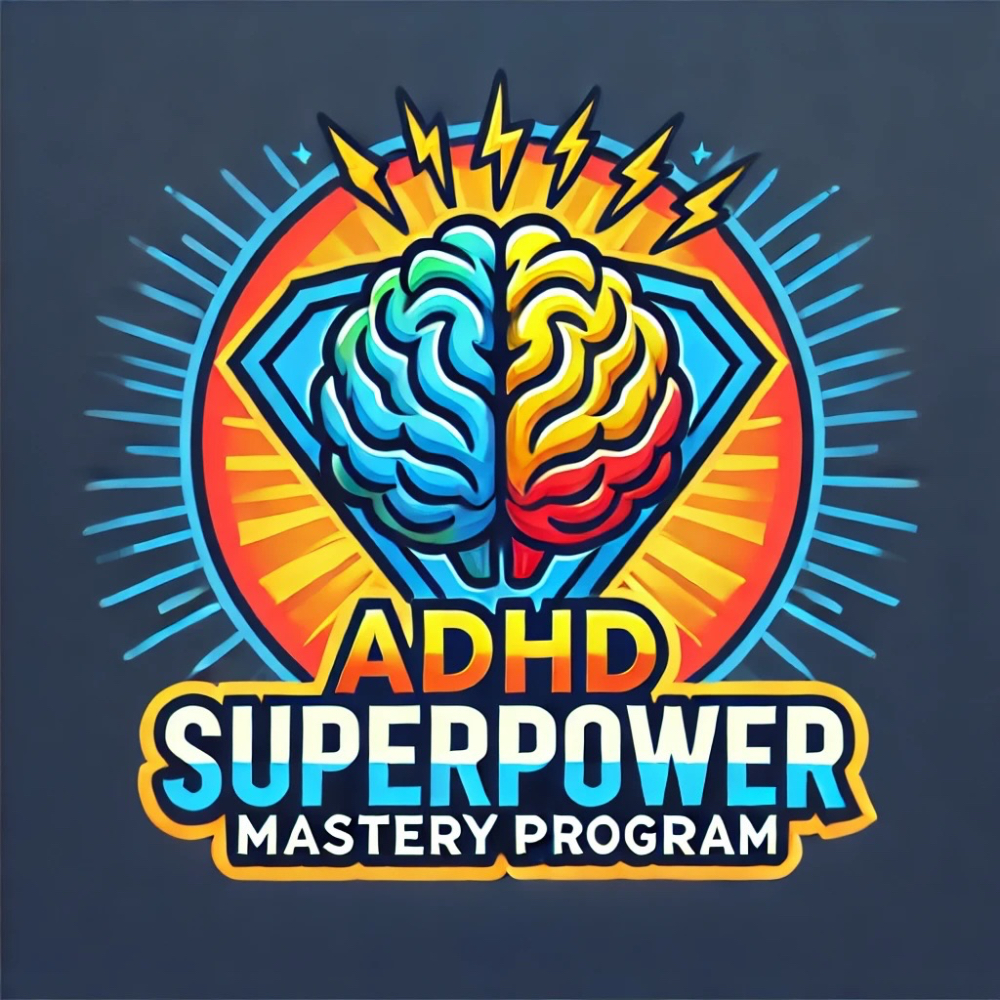How Exercise Helps Adults with ADHD Improve Focus and Reduce Anxiety

How Exercise Helps Adults with ADHD Improve Focus and Reduce Anxiety
For adults with ADHD, the idea of "just go exercise" can feel overwhelming—especially when you're already juggling a million thoughts. But here’s the thing: physical activity is one of the most effective (and natural) tools for managing ADHD symptoms. From boosting dopamine levels to reducing anxiety, the benefits of exercise go way beyond physical fitness. Let’s dive into the science, the strategies, and the workouts that work best for ADHD brains.
Why Exercise Works Wonders for ADHD
If you’ve ever felt more focused or calm after a workout, there’s a reason for that! Exercise impacts the brain in powerful ways, particularly for those with ADHD. Here’s how:
- Boosts Dopamine and Norepinephrine
ADHD brains thrive on these two chemicals. They play a key role in attention, focus, and motivation. Exercise naturally increases their production, giving your brain the fuel it needs to perform at its best. - Reduces Anxiety and Stress
Adults with ADHD often experience high levels of anxiety. Movement helps reduce the stress hormone cortisol and increases endorphins (your feel-good hormones), leaving you calmer and more centered. - Improves Executive Function
Struggling with planning, organizing, or managing time? Regular exercise strengthens executive function, helping you tackle to-do lists and reduce procrastination. - Burns Off Excess Energy
If you feel fidgety or restless, exercise can be an outlet to release pent-up energy, making it easier to sit still and concentrate afterward.
The Best Types of Exercise for ADHD
Not all workouts are created equal, especially when it comes to ADHD. Some types of movement are more engaging, stimulating, or calming than others. Here are some ADHD-friendly options:
1. Cardio Workouts for Focus
High-intensity activities like running, cycling, or dancing can increase dopamine production and improve mood almost immediately. Try:
- Running or brisk walking outdoors
- Zumba or dance classes
- High-Intensity Interval Training (HIIT)
2. Strength Training for Routine and Discipline
Strength-based exercises like weightlifting or bodyweight workouts encourage structure and focus. Plus, they’re great for building confidence. Start with:
- Dumbbell exercises
- Resistance bands
- Bodyweight squats, push-ups, and planks
3. Mind-Body Activities for Calm
Yoga, Pilates, or tai chi combine physical movement with mindfulness, which can reduce racing thoughts and regulate emotions.
- Bonus: Yoga specifically has been shown to reduce hyperactivity and increase attention in adults with ADHD.
4. Team Sports for Social Connection
ADHD brains love novelty and social interaction, which makes team sports like soccer, basketball, or volleyball a fun way to stay active while engaging with others.
5. Walking for Simplicity
Don’t underestimate the power of a daily walk. It’s low-pressure, requires no equipment, and allows you to clear your mind. Add a podcast or audiobook for extra focus!
How to Stay Motivated (Even on Hard Days)
We all know that motivation can be tricky, especially with ADHD. But consistency is key to reaping the full benefits of exercise. Here are some ADHD-friendly tips to stay on track:
- Start Small
Overwhelmed by the thought of a 60-minute workout? Start with just 5-10 minutes. Even short bursts of activity can make a difference. - Make It Fun
ADHD brains love variety, so mix things up! Try a dance class one day and a hike the next. - Set Alarms or Reminders
Forgetting to exercise is common. Use your phone or a fitness app to set reminders. - Buddy Up
Exercising with a friend or coach can help you stay accountable—and make it more enjoyable. - Focus on Progress, Not Perfection
Miss a day? Don’t sweat it! Celebrate what you have done and keep moving forward.
ADHD-Friendly Exercise Hacks
Let’s make exercise even easier to incorporate into your routine with these quick hacks:
- Pair It with Something You Love: Watch your favorite show while on a treadmill, or listen to music while stretching.
- Use the “2-Minute Rule”: Promise yourself you’ll work out for just 2 minutes. Often, getting started is the hardest part!
- Turn Movement into Play: Dance in your kitchen, play tag with your kids, or join an adult sports league.
- Combine Exercise with Chores: Vacuuming, gardening, or even walking the dog counts as movement.
Morning vs. Evening: When’s the Best Time to Exercise?
The truth is, there’s no one-size-fits-all answer—it depends on your schedule and energy levels.
- Morning Workouts: Great for jumpstarting your focus and mood for the day ahead. Even 10 minutes of yoga or a brisk walk can make a difference.
- Evening Workouts: If you struggle with winding down at night, a calming activity like yoga or tai chi can help you de-stress and sleep better.
Experiment to see what time works best for you—and don’t be afraid to adjust as needed.
The Connection Between Exercise and ADHD Paralysis
Ever felt “stuck” and unable to start anything, no matter how important? That’s ADHD paralysis. Exercise can be a powerful tool to break out of that frozen state.
Here’s why:
- Movement activates your brain’s reward system, giving you the momentum you need to tackle the next task.
- Even a quick 2-minute burst of jumping jacks or stretching can help reset your focus.
Next time you feel paralyzed, try a short physical activity—it’s often the nudge you need to get unstuck.
Final Thoughts
Exercise is one of the most accessible and effective tools for managing ADHD symptoms. Whether you’re looking to boost focus, reduce anxiety, or simply burn off extra energy, movement has you covered. The key is to find activities you enjoy and to start small.
Remember: it’s not about perfection—it’s about progress. So, lace up your sneakers, roll out your yoga mat, or just take a walk around the block. Your ADHD brain will thank you!
Looking for more personalized strategies to thrive with ADHD? Check out my coaching services at ADHD Superpower Mastery and let’s build a plan that works for you.

